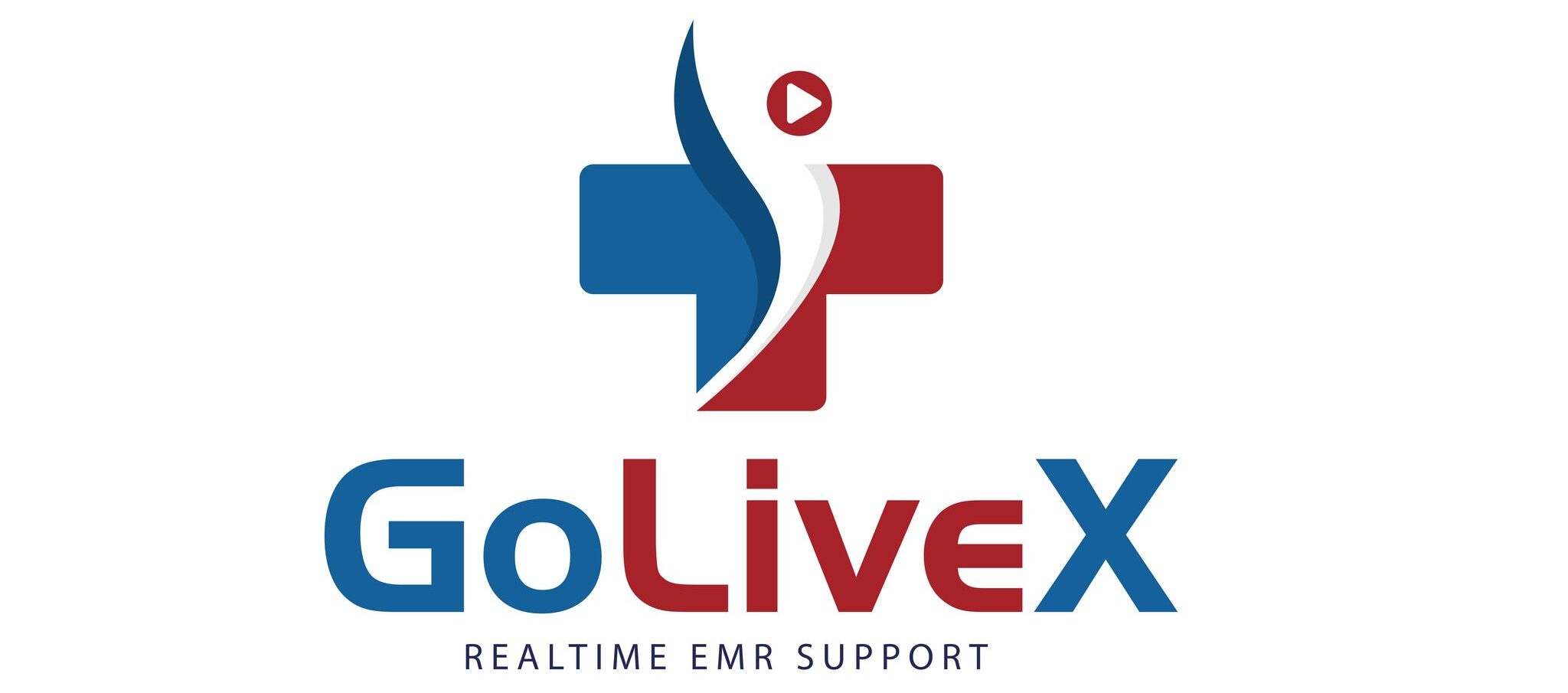
There is a moment when innovation tiptoes past the door of tradition and then another when it bursts through, armed with cloud servers and neural nets. In hospitals and clinics across America, that moment is here: Silicon Valley’s giants, once strangers to stethoscopes, now stand shoulder to shoulder with physicians, racing to reshape how medical records live, breathe, and heal.
1. Amazon’s Pulse in the Cloud
Imagine a mother in rural Arkansas, her baby’s growth chart cruising through a tunnel of patchy internet. Then comes Amazon HealthLake, an EMR backbone perched in AWS’s cloud, instantly translating lab values into life stories. Under its watchful algorithms, unstructured notes from nurses and scribbled EKG printouts are woven into searchable threads. When her doctor clicks “Search,” every whisper of concern, every past infection, and every dosage of Tylenol surfaces in a heart beat no dusty files, no midnight phone calls.
2. Google’s Code of Compassion
Beyond search bars and smartphone maps, Google’s foray feels almost lyrical. Its Cloud Healthcare API listens to silent data streams of HL7 messages, DICOM images, and FHIR records and transforms them into harmonized care narratives. In a Boston research lab, an oncologist uses Google’s Vertex AI to predict chemotherapy responses, charting tumour markers from yesterday’s scan and tomorrow’s hope. The machine’s predictive heart doesn’t just calculate; it comforts, giving families a map through the darkness of uncertainty.
3. Microsoft’s Bridge to Better Care
Microsoft’s Azure Health Data Services stands like a luminous bridge connecting trauma centre ERs to telemedicine outposts, academic centres to small town critical access hospitals. In Seattle, a surgeon consults a colleague in Nairobi, both peering into the same live EMR, anchored by Azure’s secure vaults. Machine learning modules flag post op infection risks before a single fever spike, while Teams chat bots triage scheduling, freeing nurses to stand by bedsides rather than by keyboards.
4. The Human Code Behind the Tech
These are not soulless platforms; they are codified promises. Developers in each ecosystem convene with real clinicians in hushed corridors, sketching workflows on whiteboards stained by coffee. They debate: How many clicks steal a life’s moment? How many alerts drown a weary mind? From those discussions spring lighter interfaces, voice driven charting, and AI scribes that capture not only what was said, but also how it was said so the warmth of a doctor’s reassurance never gets lost in translation.
5. The EMR Battlefield Becomes a Healing Ground
This is no zero sum war. As Amazon, Google, and Microsoft charge forward, legacy vendors sharpen their own arsenals, with Epic weaving in generative AI and Cerner partnering with startups on mobility suites. The result? A symphony of solutions, each competing to be the gentlest, the fastest, and the kindest in turning raw data into real healing.
In this era, silicon and stethoscopes are no longer opposites. They clasp hands in operating rooms and exam halls, whispering new possibilities into the ears of patients and providers alike. And as Big Tech builds the battleground of digital health, we find ourselves standing not on a field of war but on the dawn of a deeper care, where every byte carries a heartbeat, and every log‑in is a vow: to remember, to respond, and to heal.
Silicon Meets Stethoscope: Big Tech’s Bold Moves Into the EMR Battlefield
“Silicon Meets Stethoscope: Big Tech’s Bold Moves Into the EMR Battlefield”
Amazon, Google, and Microsoft aren’t just watching; they’re building the future of digital health.

There is a moment when innovation tiptoes past the door of tradition and then another when it bursts through, armed with cloud servers and neural nets. In hospitals and clinics across America, that moment is here: Silicon Valley’s giants, once strangers to stethoscopes, now stand shoulder to shoulder with physicians, racing to reshape how medical records live, breathe, and heal.
1. Amazon’s Pulse in the Cloud
Imagine a mother in rural Arkansas, her baby’s growth chart cruising through a tunnel of patchy internet. Then comes Amazon HealthLake, an EMR backbone perched in AWS’s cloud, instantly translating lab values into life stories. Under its watchful algorithms, unstructured notes from nurses and scribbled EKG printouts are woven into searchable threads. When her doctor clicks “Search,” every whisper of concern, every past infection, and every dosage of Tylenol surfaces in a heart beat no dusty files, no midnight phone calls.
2. Google’s Code of Compassion
Beyond search bars and smartphone maps, Google’s foray feels almost lyrical. Its Cloud Healthcare API listens to silent data streams of HL7 messages, DICOM images, and FHIR records and transforms them into harmonized care narratives. In a Boston research lab, an oncologist uses Google’s Vertex AI to predict chemotherapy responses, charting tumour markers from yesterday’s scan and tomorrow’s hope. The machine’s predictive heart doesn’t just calculate; it comforts, giving families a map through the darkness of uncertainty.
3. Microsoft’s Bridge to Better Care
Microsoft’s Azure Health Data Services stands like a luminous bridge connecting trauma centre ERs to telemedicine outposts, academic centres to small town critical access hospitals. In Seattle, a surgeon consults a colleague in Nairobi, both peering into the same live EMR, anchored by Azure’s secure vaults. Machine learning modules flag post op infection risks before a single fever spike, while Teams chat bots triage scheduling, freeing nurses to stand by bedsides rather than by keyboards.
4. The Human Code Behind the Tech
These are not soulless platforms; they are codified promises. Developers in each ecosystem convene with real clinicians in hushed corridors, sketching workflows on whiteboards stained by coffee. They debate: How many clicks steal a life’s moment? How many alerts drown a weary mind? From those discussions spring lighter interfaces, voice driven charting, and AI scribes that capture not only what was said, but also how it was said so the warmth of a doctor’s reassurance never gets lost in translation.
5. The EMR Battlefield Becomes a Healing Ground
This is no zero sum war. As Amazon, Google, and Microsoft charge forward, legacy vendors sharpen their own arsenals, with Epic weaving in generative AI and Cerner partnering with startups on mobility suites. The result? A symphony of solutions, each competing to be the gentlest, the fastest, and the kindest in turning raw data into real healing.
In this era, silicon and stethoscopes are no longer opposites. They clasp hands in operating rooms and exam halls, whispering new possibilities into the ears of patients and providers alike. And as Big Tech builds the battleground of digital health, we find ourselves standing not on a field of war but on the dawn of a deeper care, where every byte carries a heartbeat, and every log‑in is a vow: to remember, to respond, and to heal.
